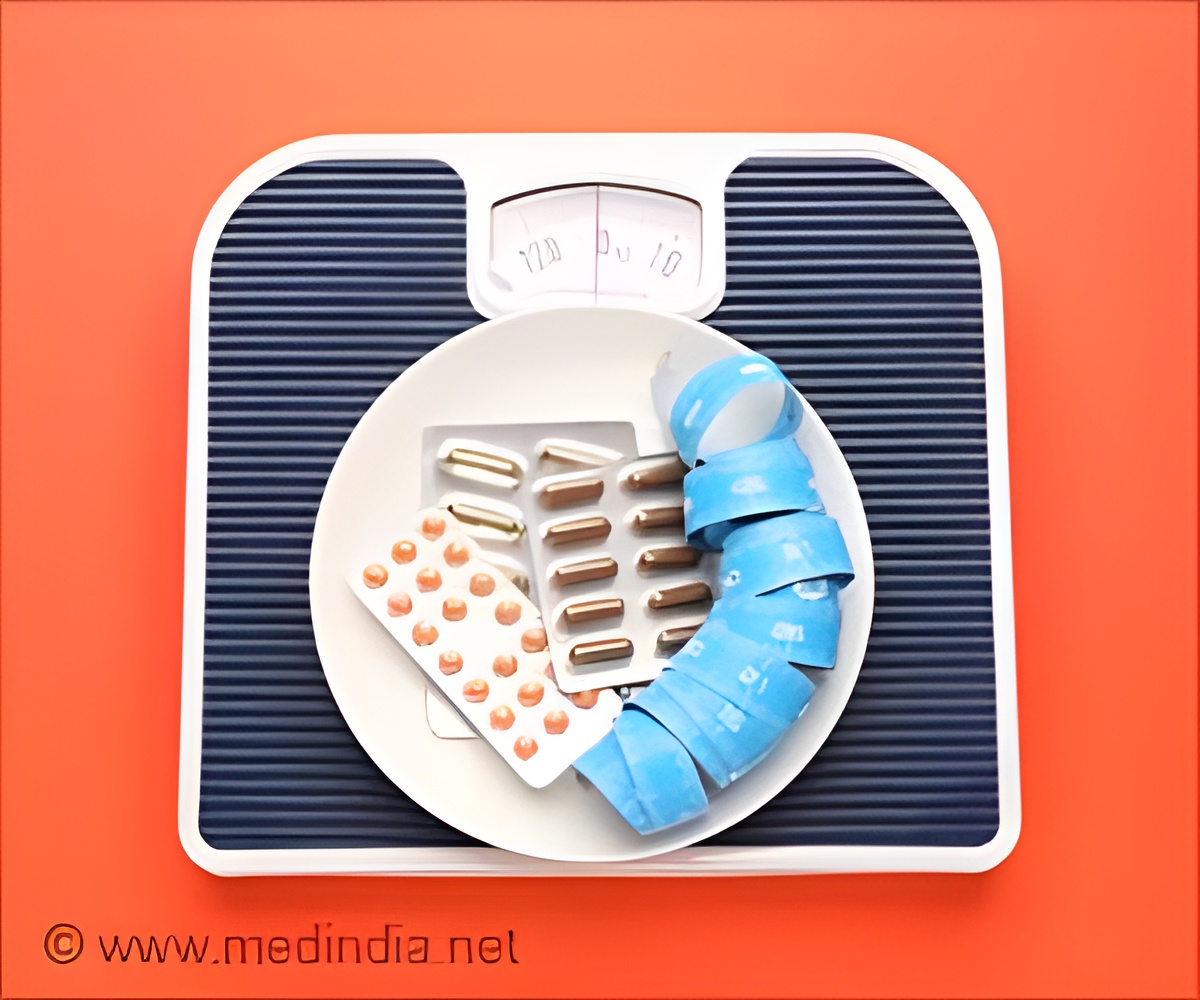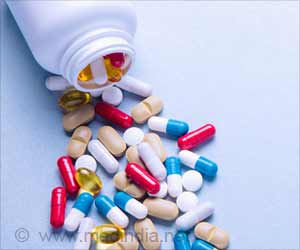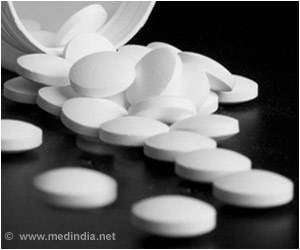Fake medicines pose a grave threat in India, but vigilance and awareness can help consumers spot them.

Fake medicines represent a multifaceted problem, posing significant risks to public health and well-being. From counterfeit cough syrups claiming innocent lives in countries like the Gambia, Uzbekistan, and Indonesia to the seizure of fake medications masquerading under the guise of legitimate pharmaceutical products, the consequences of counterfeit drugs are dire and far-reaching.
Advertisement
Identifying Counterfeit Drugs: Tips for Consumers
Spotting fake medicines requires a discerning eye and a cautious approach. Experts in the medical and pharmaceutical fields emphasize the importance of paying attention to minute details and remaining informed during the purchasing process.Dr. Uma Mishra, a prominent gynecologist, advises patients to scrutinize medication labels for spelling errors and irregularities in packaging. Avoiding loose tablets and capsules in favor of intact strips can also mitigate the risk of encountering counterfeit drugs. Amy Callanan of Pfizer reinforces the importance of consistency in medication appearance and packaging integrity as telltale signs of genuine products.
Furthermore, consumers are urged to verify expiration dates and batch numbers meticulously, as these can serve as indicators of authenticity. Tarun Garg, a pharmacist, advocates for in-person prescription purchases at reputable pharmacies to minimize the likelihood of encountering counterfeit drugs, particularly in the age of online pharmacies.
Advertisement
The Role of Pharmaceutical Companies and Regulatory Agencies
Speaking of online platforms, the rise of e-pharmacies has introduced new challenges in the fight against counterfeit medicines. Consumers are advised to exercise caution and skepticism when navigating online pharmacies, as fraudulent websites and substandard products proliferate in the digital realm.Pharmaceutical companies are also implementing innovative solutions to combat the scourge of fake medicines. QR codes, incorporated into medication packaging by industry leaders like Natco Pharma and Dr. Reddy's, serve as valuable tools for verifying authenticity and thwarting black market activities.
Despite these efforts, the prevalence of counterfeit and substandard medicines persists, underscoring the need for ongoing vigilance and regulatory scrutiny. Dr. Ashesh Bhushan of Yatharth Hospital emphasizes the importance of consumer awareness and proactive engagement in safeguarding against counterfeit drugs.
Advertisement
Know Your Meds: Counterfeit Kills
In addition to counterfeit medications, the issue of wrong prescriptions further compounds the risks associated with medication use. Instances of pharmacists dispensing incorrect drugs underscore the critical need for improved communication and oversight within the healthcare system.In conclusion, combating the menace of fake medicines demands collective action and unwavering commitment from all stakeholders. While regulatory measures and technological innovations play a crucial role in curbing counterfeit drug trade, individual consumers must remain vigilant and informed. By exercising caution and diligence, consumers can protect themselves and their loved ones from the dangers posed by counterfeit medications, ensuring that what they're buying is genuine medicine and not chalk powder or starch masquerading as a cure.
Reference:
- Understanding and fighting the medicine counterfeit market - (https://pubmed.ncbi.nlm.nih.gov/23384475/)
Source-Medindia










